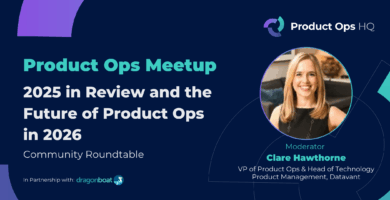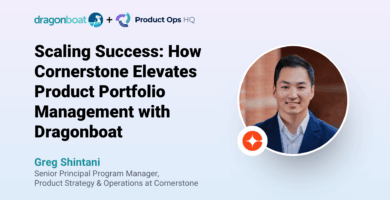Events • On Demand | Watch Time: 31 min 23 sec
How to Transform Product Operations and PDLC to Accelerate Product Agility
ACCELERATE 2023: Virtual Summit for Product Leaders by Dragonboat
In the realm of Product Transformation and Product Operations (PDLC), Lou Ponticas (Former COO, MuleSoft) urged ACCELERATE 2023 attendees to think beyond roadmaps. He underscored the importance of investing in product operations practices and tooling, as the result is a remarkable 10x launch velocity, a 35% reduction in overhead, and a 4x increase in agility.
Watch this session on-demand now to learn how to transform your product operations and PDLC to accelerate outcomes and agility.
Featured Speaker
Lou Ponticas
Former COO of MuleSoft & Head of Product Operations at PayPal
Senior executive with diverse experiences leading global organizations in go-to-market, strategy, product and business operations as former COO of MuleSoft and Head of Product Operations at PayPal.


